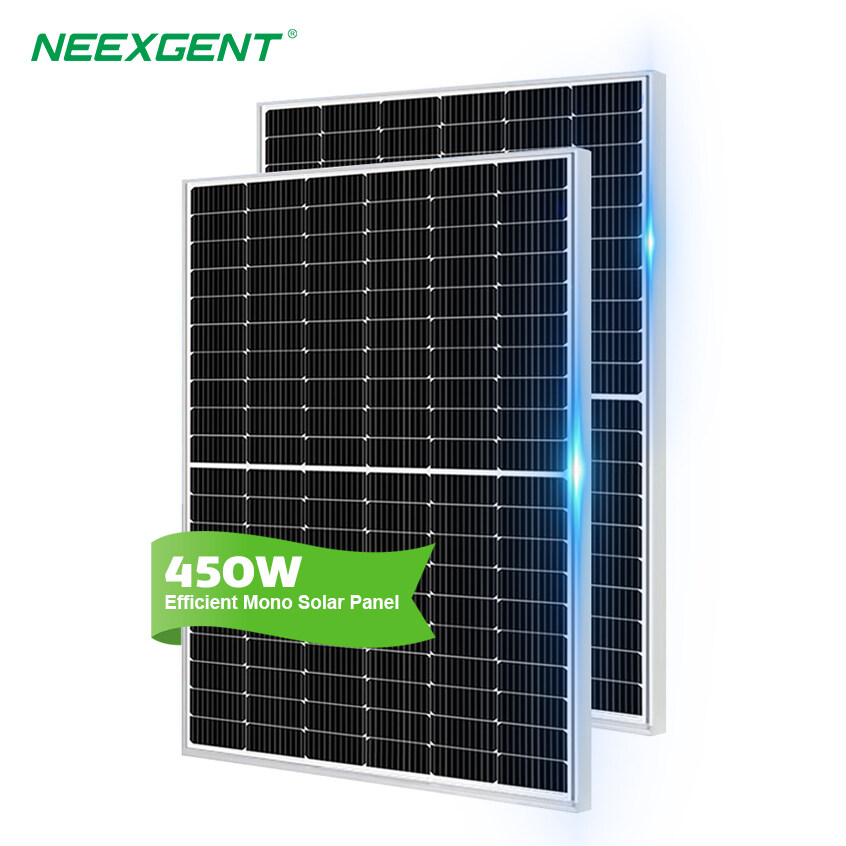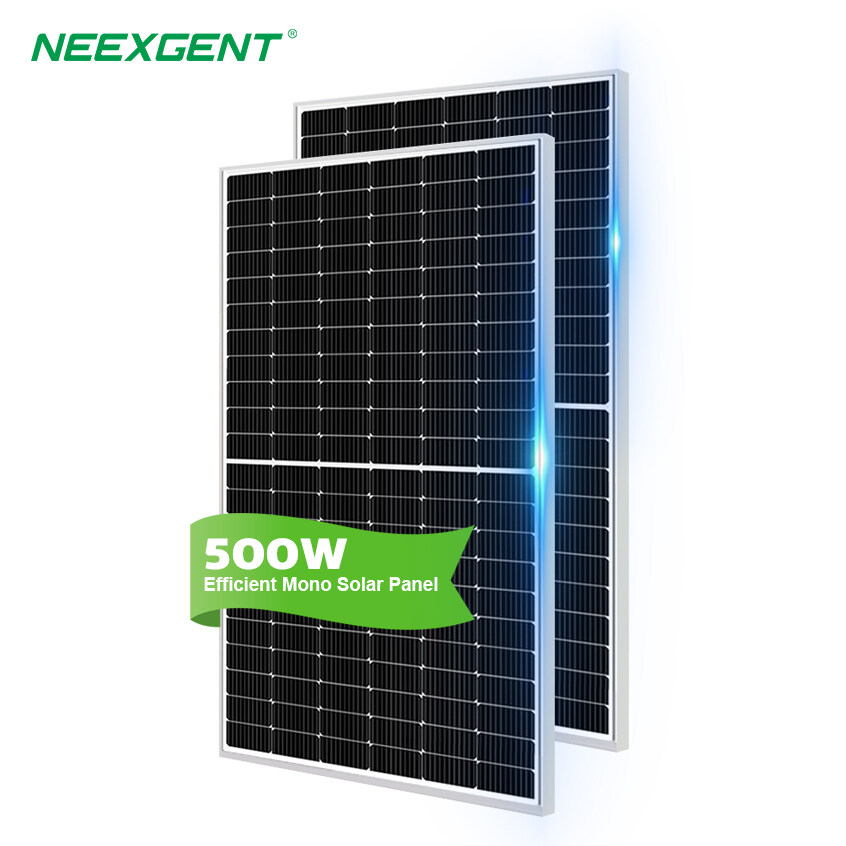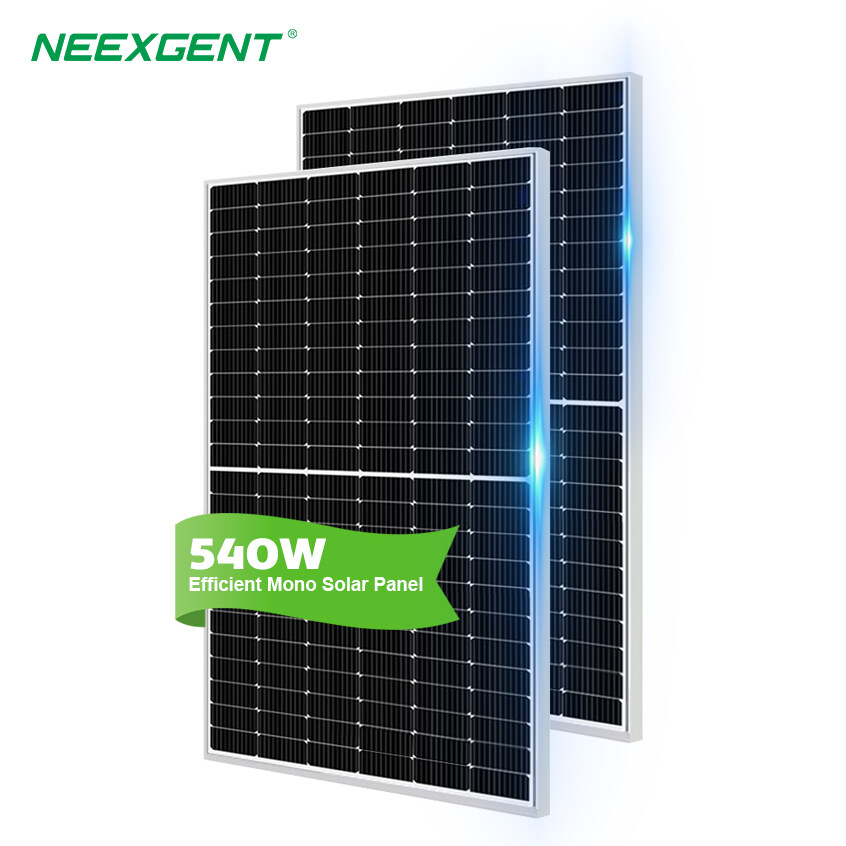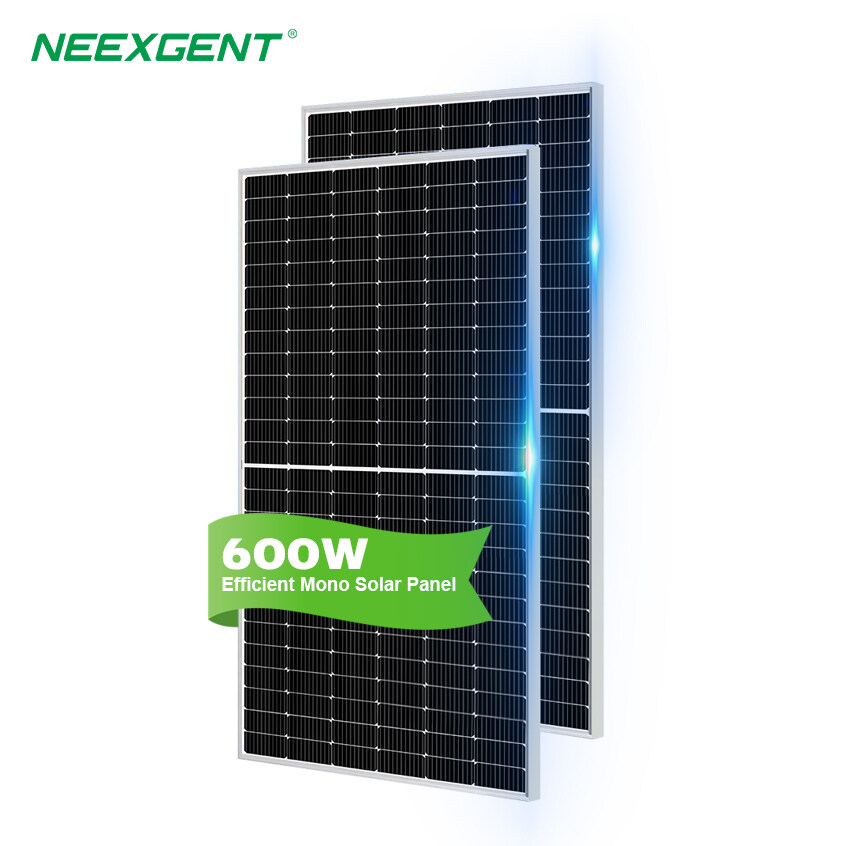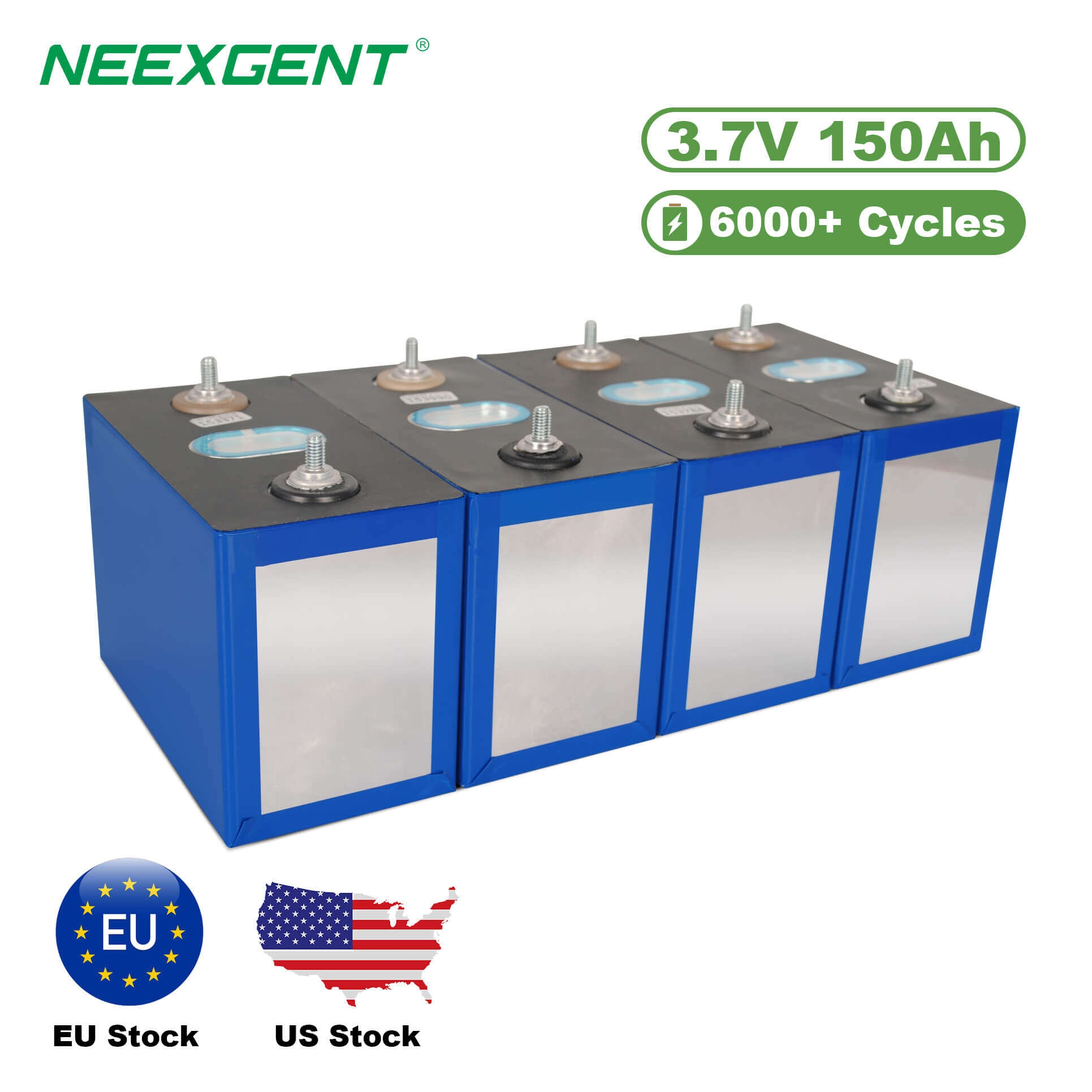As schools seek more sustainable energy sources, solar panels have emerged as a practical and eco-friendly solution. With energy bills accounting for a large portion of school operating costs, installing solar systems not only helps reduce electricity expenses but also educates students about renewable energy and sustainability. One of the most frequently asked questions by administrators and facility managers is: "How many solar panels would a school need?" The answer depends on several variables including energy consumption, geographic location, panel efficiency, and available roof or land space.
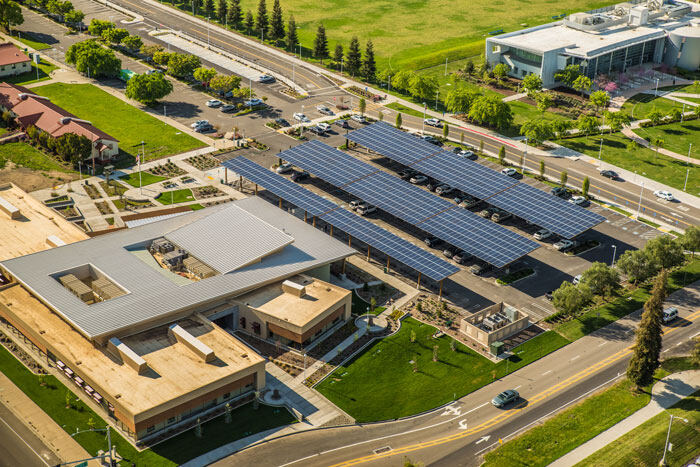
Step-by-Step: Estimating Solar Panel Requirements
To determine the number of solar panels needed for a school, follow these steps:
1. Assess Average Energy Consumption
The average school in the United States uses about 10 to 20 kilowatt-hours (kWh) per square foot per year. Let's assume a medium-sized school has a footprint of 40,000 square feet.
Annual Energy Use = 40,000 sq ft × 15 kWh/sq ft = 600,000 kWh
2. Evaluate Solar Panel Output
Solar panel output varies by location, orientation, and technology. A typical 400W panel produces around 1.5 kWh per day (or roughly 550 kWh per year) in a moderately sunny location.
Panels Needed = 600,000 kWh / 550 kWh per panel ≈ 1,091 panels
Solar Panel Requirements by School Size
The table below presents a comparative breakdown of how many solar panels are needed for different school sizes, taking into account average energy consumption and panel efficiency.
|
School Size (sq ft)
|
Avg Energy Use (kWh/year)
|
Panel Output (kWh/year)
|
Panels Needed
|
|
20,000
|
300,000
|
550
|
545
|
|
40,000
|
600,000
|
550
|
1,091
|
|
60,000
|
900,000
|
550
|
1,636
|
Electricity Cost Savings Over 10 Years
The following chart illustrates the cumulative electricity savings a school can achieve over a 10-year period after installing a solar energy system. This visual tool helps stakeholders understand the financial benefits of long-term solar adoption.
Other Factors to Consider
Geographic Location
Solar irradiance varies by location. For example, a school in Arizona receives significantly more sunlight than one in Oregon. Tools like PVWatts (NREL) can provide accurate solar production estimates based on location.
Roof Space
A standard solar panel is about 2 m². For 1,000 panels, you'd need around 2,000 m² (21,500 sq ft) of usable space, not accounting for shading or orientation issues.
Incentives and ROI
Government rebates, tax credits, and utility incentives can significantly reduce initial investment. Schools often qualify for Power Purchase Agreements (PPAs) or can partner with third-party solar providers.
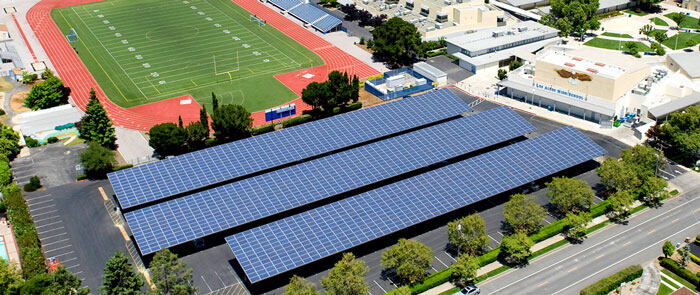
Mountain View Los Altos School District PV
Real-Life Case Study
A school district in California installed a 400 kW solar system across four schools, totaling 1,200 panels. The system generates over 650,000 kWh annually, saving the district over $100,000 each year. This energy also powers EV charging stations and is integrated with the school's STEM curriculum.
Environmental Impact
Switching to solar power reduces a school’s carbon footprint substantially. For every 1,000 kWh generated by solar, approximately 700 kg of CO₂ emissions are avoided. With 600,000 kWh generation, this translates to:
Annual CO₂ Savings ≈ 420,000 kg (or 420 metric tons)
Conclusion
The number of solar panels required for a school depends on its size, energy use, and local conditions. On average, a mid-sized school may need around 1,000 to 1,200 solar panels to fully offset electricity usage. Beyond cost savings, solar systems serve as a learning tool and a commitment to environmental stewardship.
Whether you're a school administrator or energy consultant, taking the time to assess needs, simulate outcomes, and design an optimized solar system is essential for long-term success.

